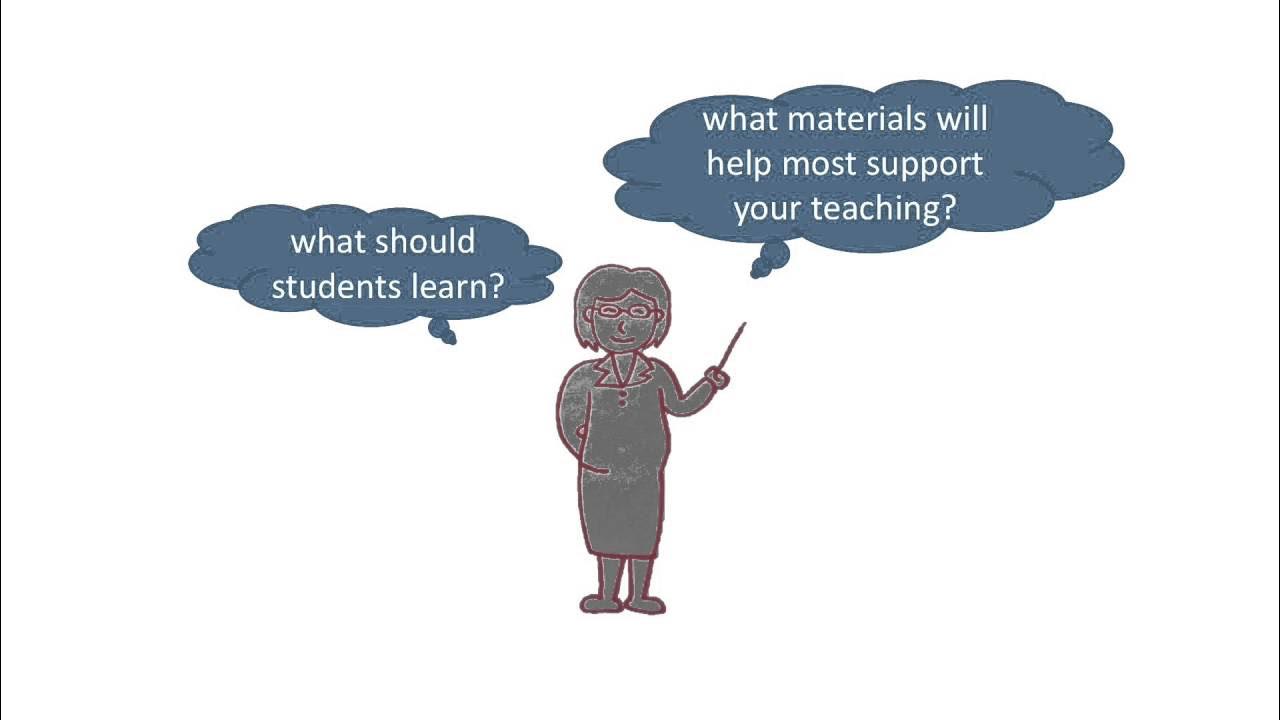How to Conduct a Needs Analysis
Summary
TLDRIn this video, Tim Slate explains the importance of conducting a needs analysis when developing learning content. A needs analysis ensures that training is truly necessary to address a performance issue, instead of just assuming that learning will fix it. The process involves three key steps: determining the desired level of performance, assessing the current level of performance, and identifying the root cause of any performance gaps. This approach helps learning professionals ensure that any interventions are properly targeted and effective, rather than wasting time on unnecessary training.
Takeaways
- 📝 A needs analysis is critical for the success of learning content and ensures time spent on development is justified.
- ⚠️ One common mistake is assuming that training can fix all performance issues, which is not always the case.
- 🔍 A needs analysis is a process that involves collaboration with stakeholders and subject matter experts to identify performance issues.
- 🎯 Step 1 of a needs analysis is determining the desired level of performance by reviewing data, KPIs, and quality assurance results.
- 📊 Step 2 is identifying the current level of performance by analyzing data, observing learners, and conducting a task analysis.
- 📉 By comparing the desired and current performance, the performance gap can be determined.
- ❓ Step 3 is figuring out the root cause of the performance gap, which may not always be due to a lack of training.
- 🏗️ Performance gaps can stem from other factors such as environment, tools, or lack of motivation.
- 💡 If the gap is due to skills or knowledge, learning interventions can be applied; otherwise, alternative solutions should be suggested.
- 👥 Learning professionals must present findings back to stakeholders and recommend solutions, whether training is appropriate or not.
Q & A
What is a needs analysis in the context of learning development?
-A needs analysis is a process used to determine whether a performance issue exists and if that issue can be addressed through learning interventions. It helps ensure the time spent creating learning content is justified and effective.
Why is conducting a needs analysis important?
-Conducting a needs analysis is important because it helps validate whether a learning intervention is the right solution to address a performance issue. It prevents wasting time on developing courses that may not resolve the underlying problems.
What is one common misconception stakeholders have about learning interventions?
-Stakeholders often believe that learning can fix every performance issue, assuming that training is always the solution when, in reality, the problem might be caused by other factors such as motivation or environmental barriers.
What are the three major steps involved in conducting a needs analysis?
-The three major steps are: 1) Determine the desired level of performance, 2) Determine the current level of performance, and 3) Identify the root cause of the performance gap to assess whether learning will address the issue.
How do you determine the desired level of performance in a needs analysis?
-You determine the desired level of performance by collaborating with stakeholders and subject matter experts, analyzing data such as KPIs, audits, and quality assurance results to define what learners should be achieving.
What methods can be used to determine the current level of performance?
-To determine the current level of performance, you can analyze data, observe learners on the job, and potentially conduct a task analysis to understand what they are doing compared to the desired outcomes.
What is the significance of identifying the root cause of a performance gap?
-Identifying the root cause is critical because not all performance gaps are caused by a lack of skills or knowledge. Other factors such as motivation, environmental conditions, or inadequate tools could be the real cause, and learning interventions may not always be the solution.
What are some non-learning-related factors that could cause a performance gap?
-Non-learning-related factors that could cause a performance gap include environmental issues (e.g., clumsy tools or processes) and motivation. Sometimes learners have the necessary skills but lack the tools or incentives to perform at the desired level.
What should you do if learning is not the right solution to address a performance gap?
-If learning is not the right solution, it is the responsibility of learning professionals to inform stakeholders and propose alternatives, such as improving tools, processes, or addressing motivational issues.
How can task analysis help in the needs analysis process?
-Task analysis can help by providing a detailed understanding of what learners are currently doing in their jobs. This allows for an accurate comparison between current and desired performance levels, highlighting where gaps exist.
Outlines

This section is available to paid users only. Please upgrade to access this part.
Upgrade NowMindmap

This section is available to paid users only. Please upgrade to access this part.
Upgrade NowKeywords

This section is available to paid users only. Please upgrade to access this part.
Upgrade NowHighlights

This section is available to paid users only. Please upgrade to access this part.
Upgrade NowTranscripts

This section is available to paid users only. Please upgrade to access this part.
Upgrade Now5.0 / 5 (0 votes)





